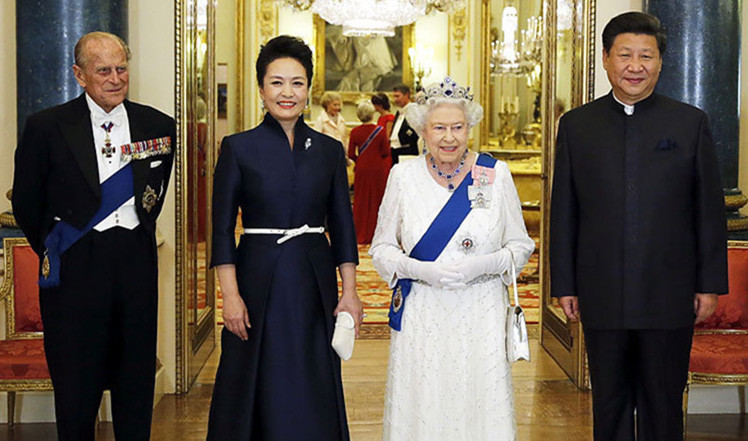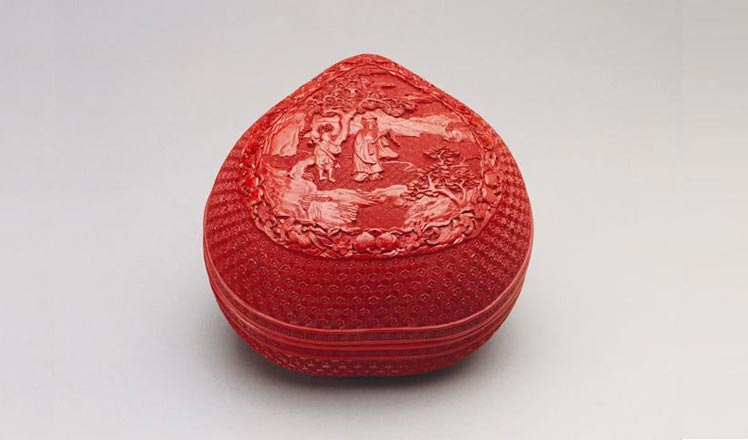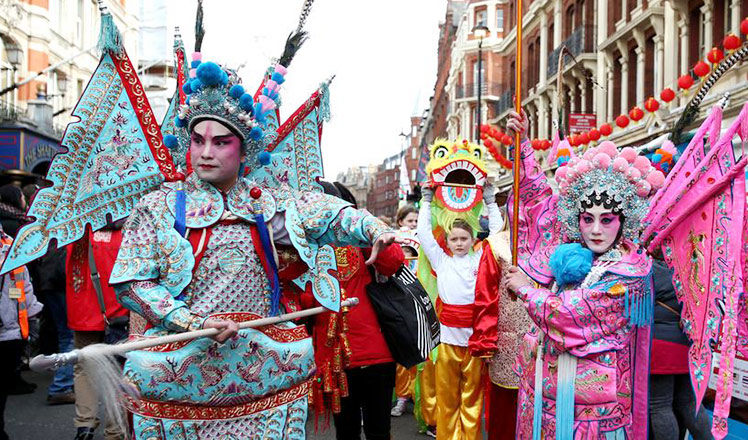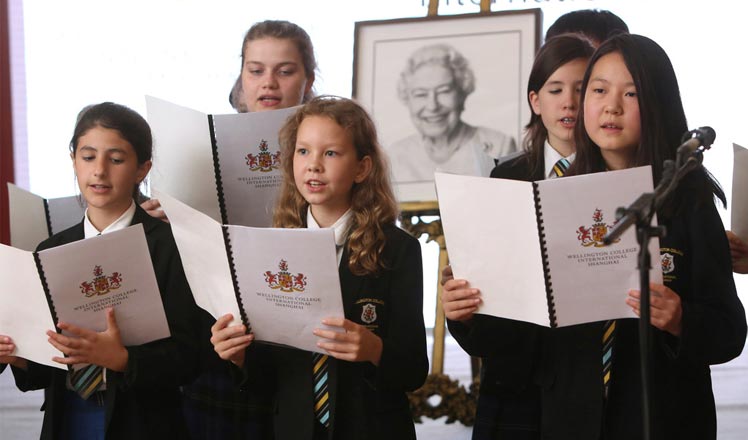Humble fields belie millennia of history at Taosi relics site
Updated: 2015-10-22 08:14
By Catherine Lai(China Daily)
|
|||||||||
 |
|
An ancient observatory at the Taosi ancient relics site dates back to around 2300 BC. [Photo provided to China Daily] |
The Taosi site has been dated to around 2300 BC. Where now stand fields being farmed manually with basic tools, it was easy to imagine a city rising out of the soil 4,300 years ago, its inhabitants building a city wall out of rammed earth and using the observatory to keep track of the seasons.
Today, the observatory is perhaps the most impressive experience on the site. Pillars that stand several meters tall were built directly on top of the original earthen ones (which were quite a bit shorter). Viewers can stand on the observation point, where they can see the sun shining through the pillars when it rises from behind Chongshan, the mountain located behind the structure. Our visit was on Sept. 23, around the time of the autumn equinox, so we would have observed the sun rising through the seventh slot if we'd been there at sunrise.
The Taosi civilization was a fairly sophisticated society. There was a small group of elites controlling a large lower class, with a wall separating their living areas. Remains of the royal palace, the king's tomb, ceremonial areas and craft-production areas have been unearthed, and the city wall would have required considerable organization to build.
To put the Taosi culture in context, around its time the Minoans had not yet built their palaces, but had large towns and traded with other peoples across the sea. They had a lack of centralized authority and round tombs housing entire villages or clans, while the Egyptians already had the organizational capability to build the first pyramids.
We experienced Taosi's fascinating culture through a few artifacts in the museum, photographs of the excavated graves, a 20-minute video in Chinese, and the reconstructed observatory site, so it required a bit of filling in with our imaginations. The guide explained that the archaeologists had to rebury most of the Taosi site until they had enough resources and funding to study it thoroughly.
The Taosi site has been part of the eleven-year "Retracing Chinese Civilization Project" funded by the Chinese government from 2004-2015 and, for Chinese scholars, it is a crucial piece of the puzzle when it comes to tracing the beginning of China as a state.
The author is a reporter from Canada.
Related:
City of Linfen rises from coal dust to restored beauty
A feast of culture and tradition

 Royal toast: Queen hosts state banquet for visiting Xi
Royal toast: Queen hosts state banquet for visiting Xi
 Xi and first lady visit British royal collections' Chinese items
Xi and first lady visit British royal collections' Chinese items
 Top 10 highlights in China-UK Year of Cultural Exchange
Top 10 highlights in China-UK Year of Cultural Exchange
 British int'l schools in China
British int'l schools in China
 Top 10 M&A deals between China and UK
Top 10 M&A deals between China and UK
 29 similarities both countries share
29 similarities both countries share
 Deals signed, agreements in pipeline
Deals signed, agreements in pipeline
 'Amazing China' on London's cabs
'Amazing China' on London's cabs
Most Viewed
Editor's Picks

|

|

|

|

|

|
Today's Top News
Tu first Chinese to win Nobel Prize in Medicine
Huntsman says Sino-US relationship needs common goals
Xi pledges $2 billion to help developing countries
Young people from US look forward to Xi's state visit: Survey
US to accept more refugees than planned
Li calls on State-owned firms to tap more global markets
Apple's iOS App Store suffers first major attack
Japan enacts new security laws to overturn postwar pacifism
US Weekly

|

|








